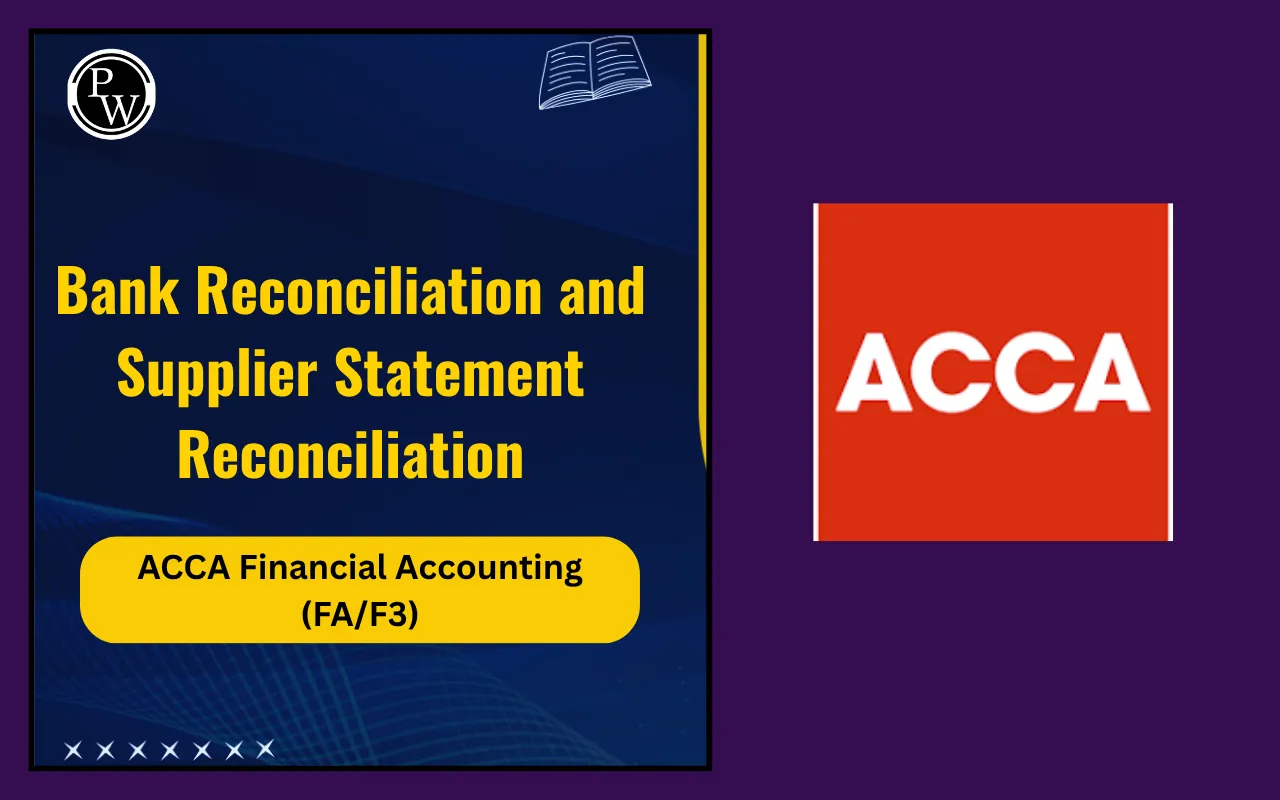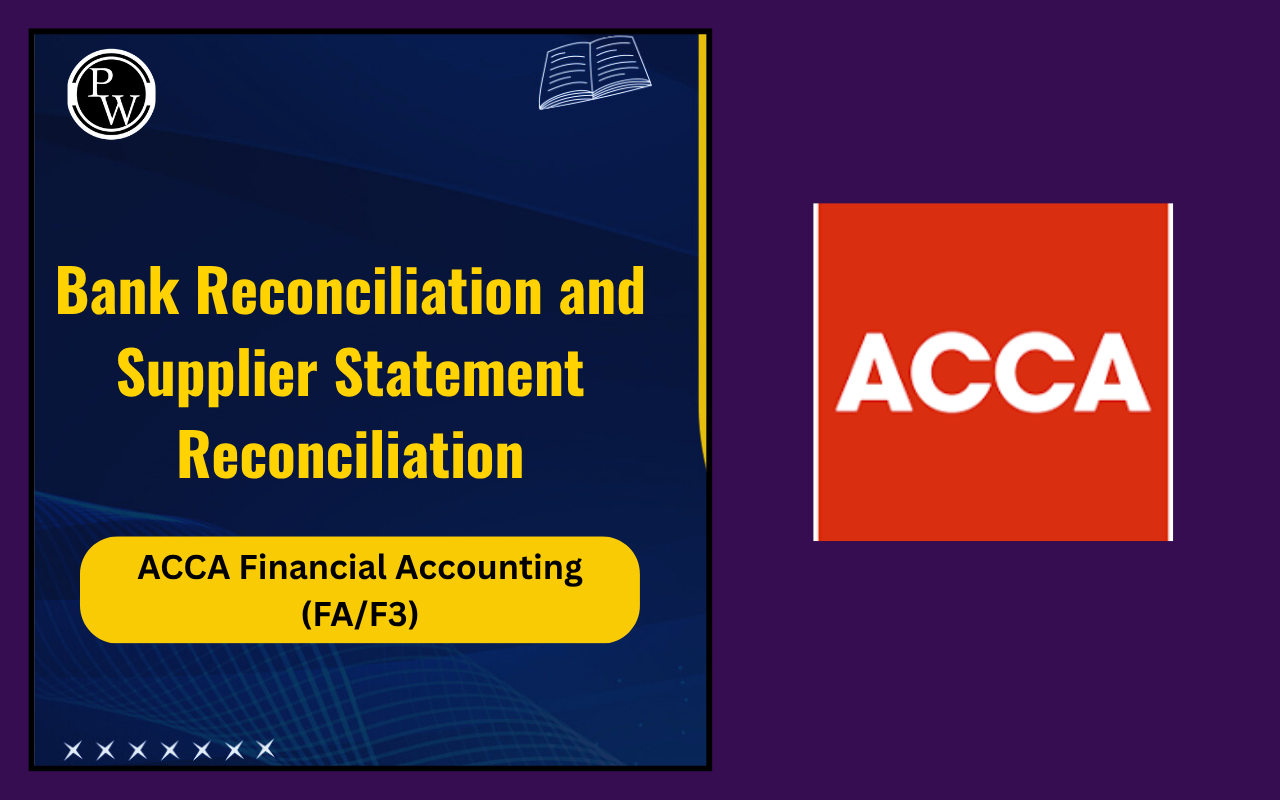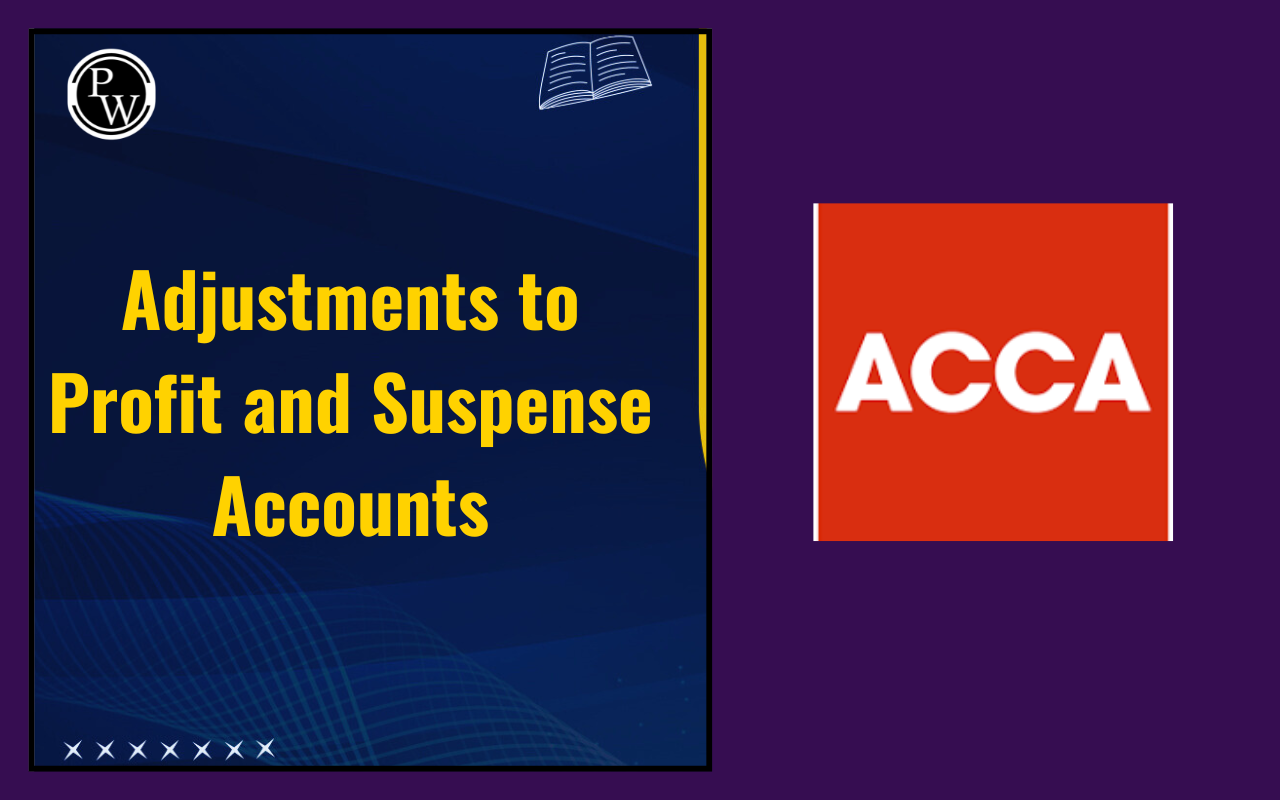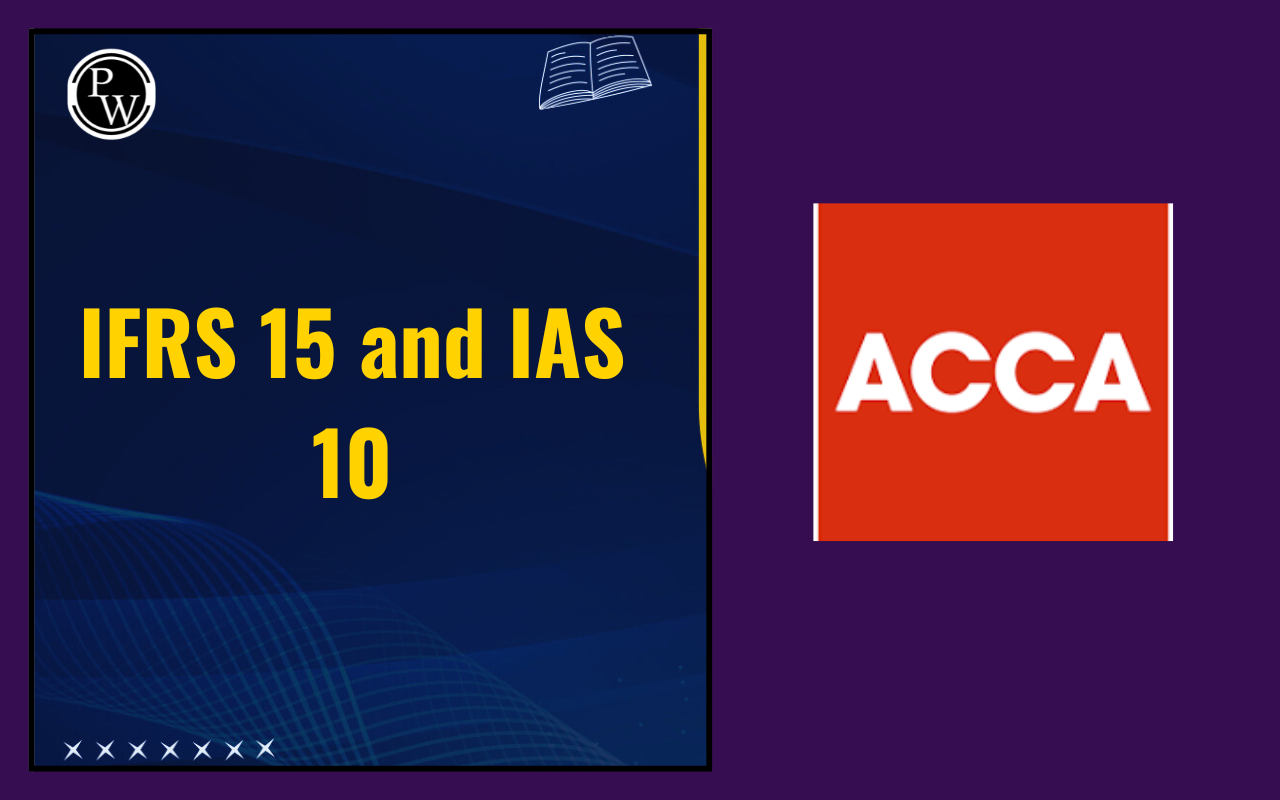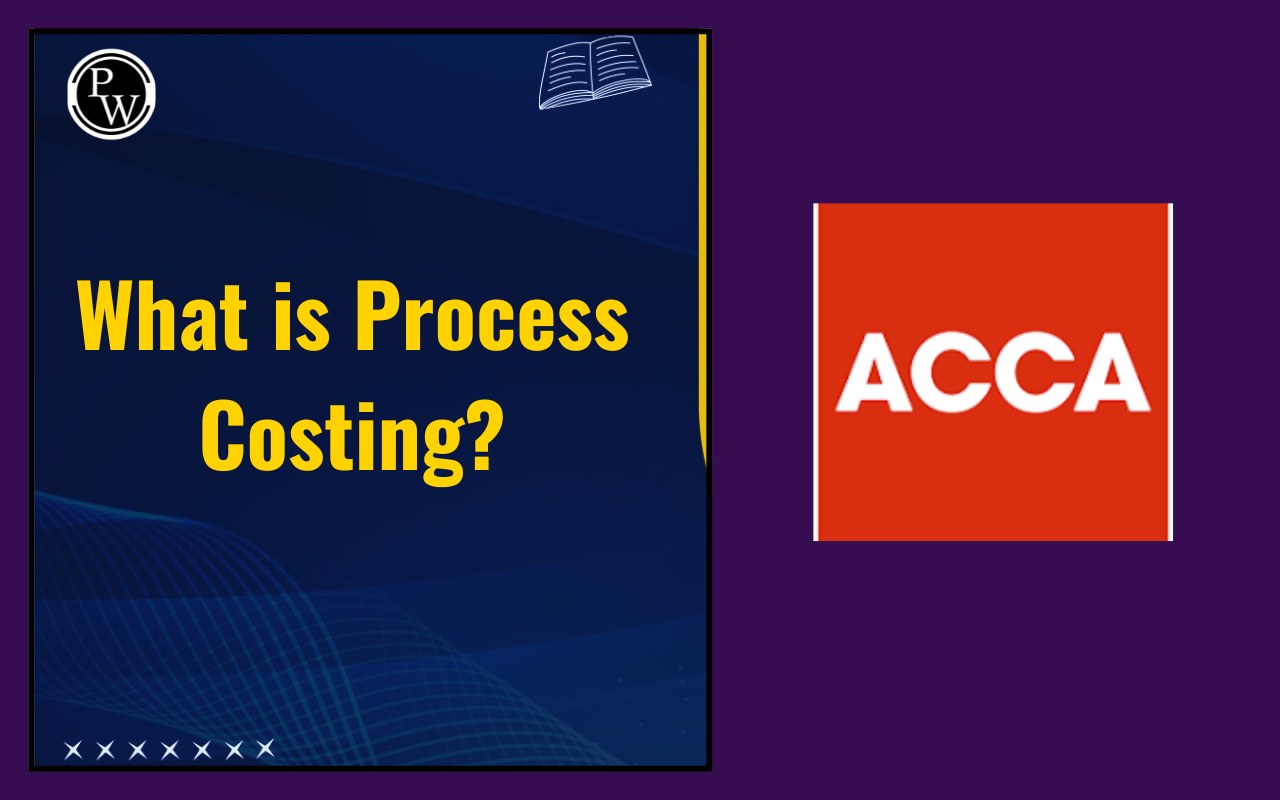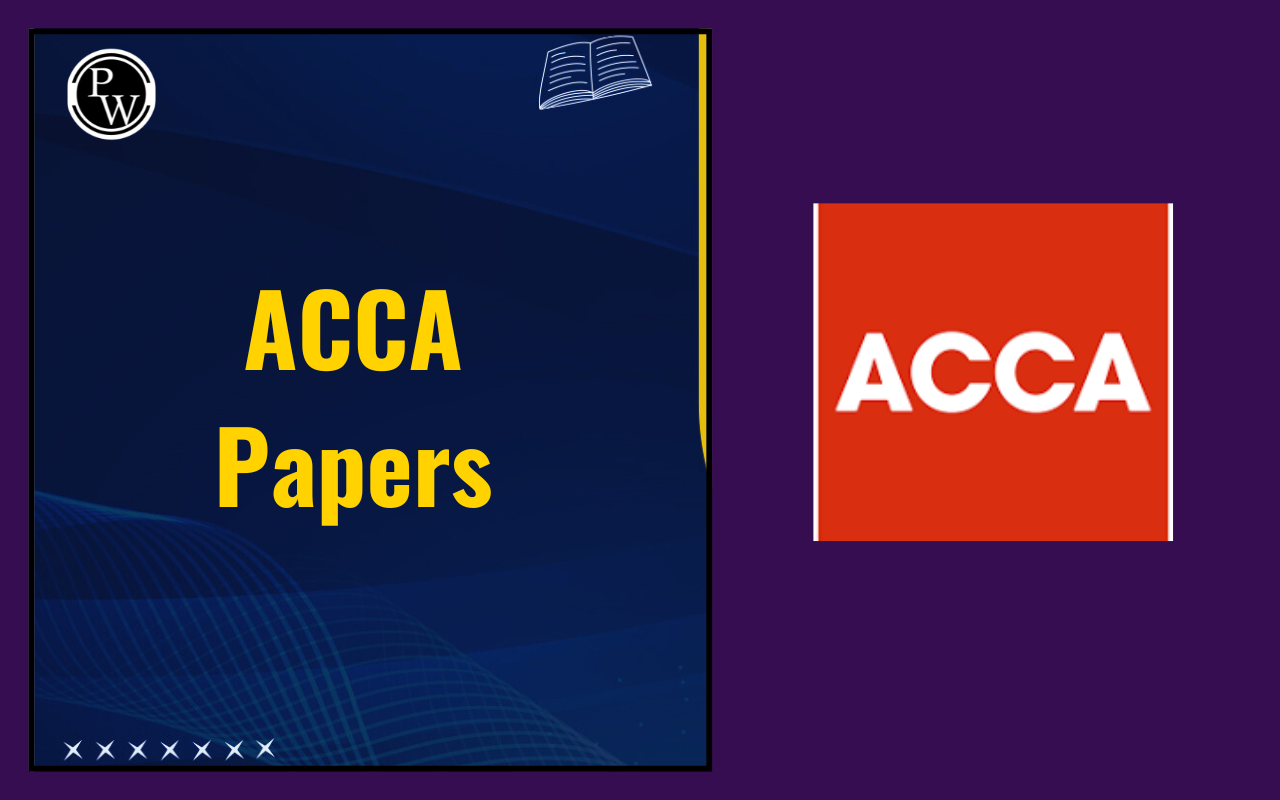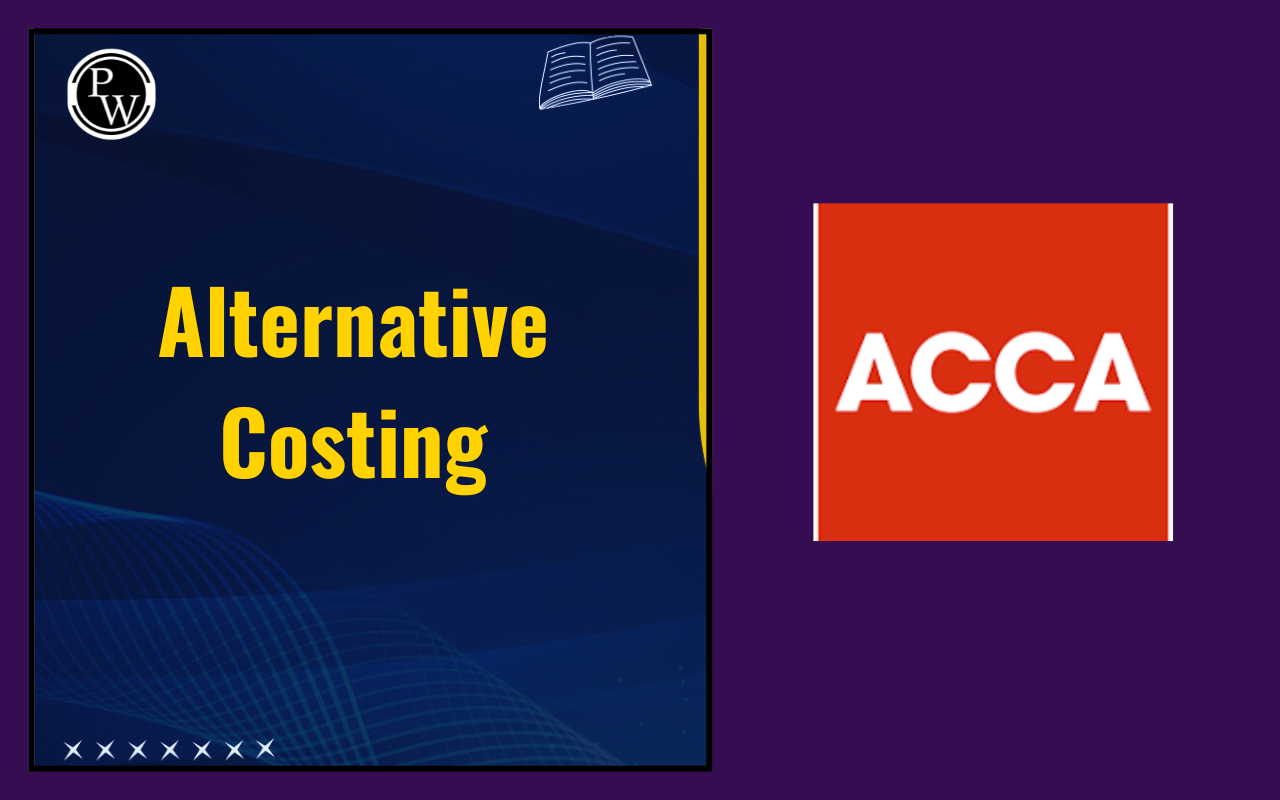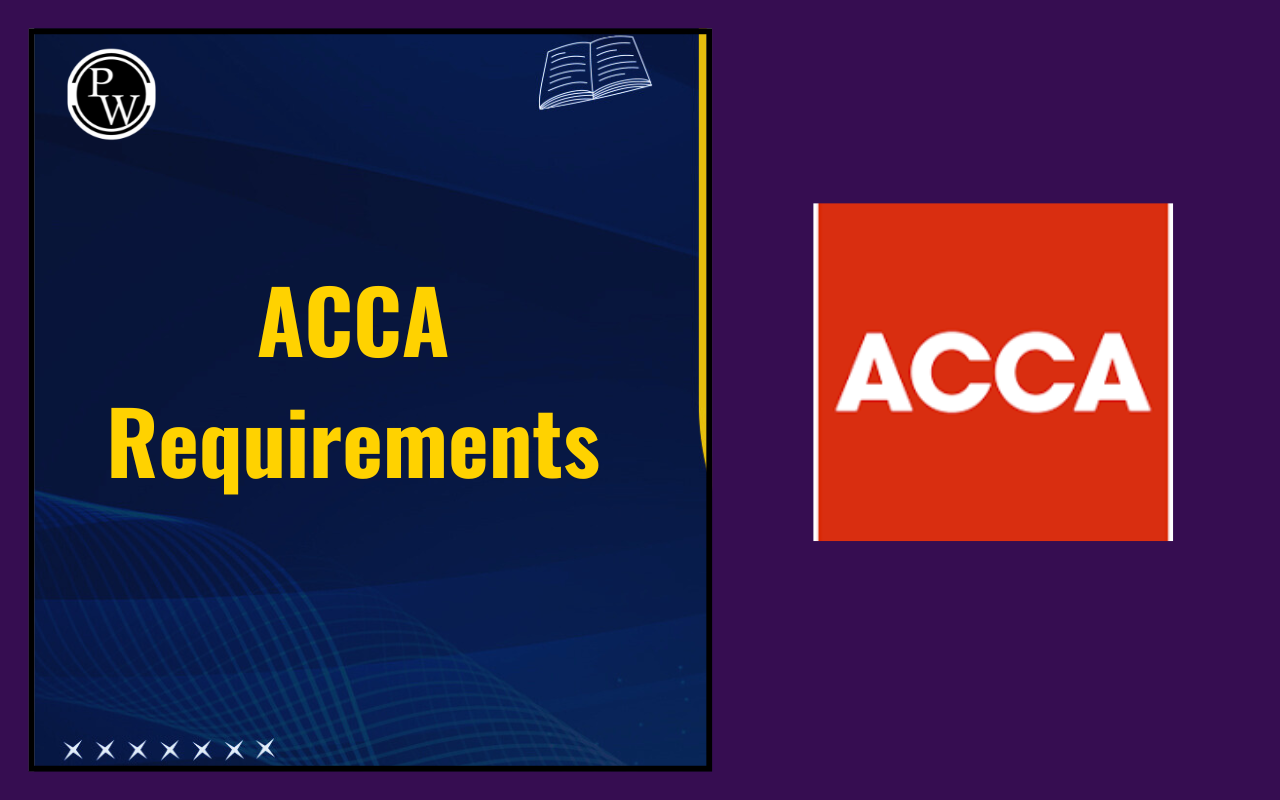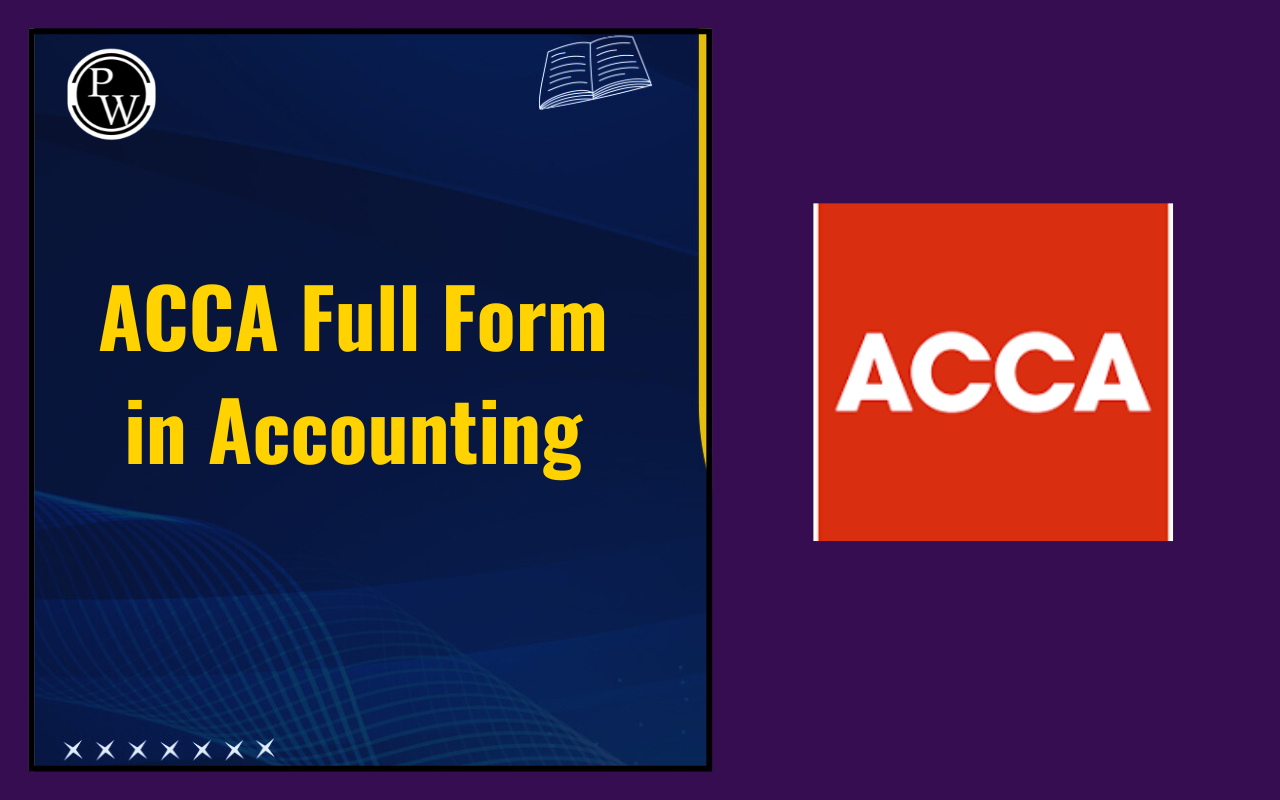
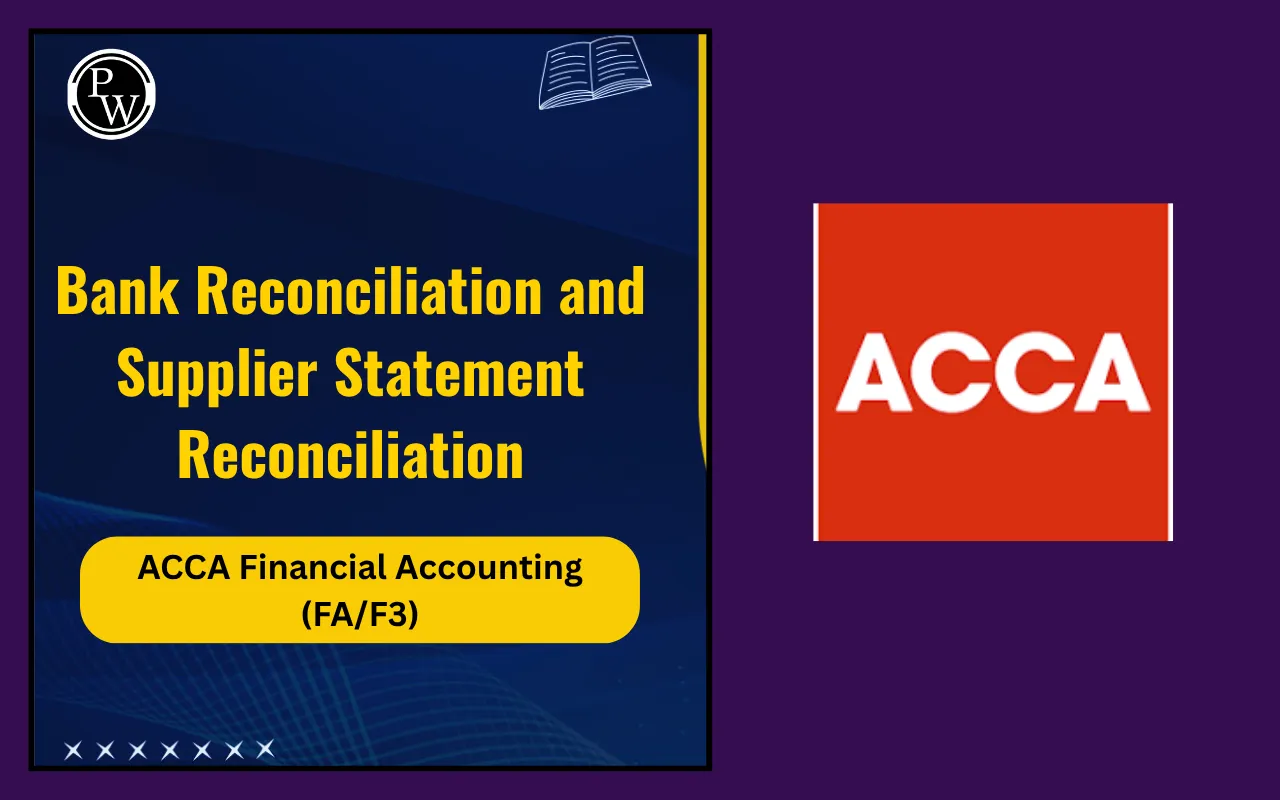
Supplier Statement Reconciliation: Reconciliation in accounting is a very important process. It helps in comparing two sets of records and finding out if they match. If there are any differences, reconciliation makes sure these are corrected. In ACCA Financial Accounting (FA/F3), two types of reconciliation are taught in detail. These are bank reconciliation and supplier statement reconciliation. Both are necessary for financial accuracy and for maintaining trust between parties.
What is Reconciliation in Accounting?
Reconciliation in accounting means comparing two accounts and making sure they agree. It helps remove errors, timing issues, or missing items. For example, in bank reconciliation, the company’s cash book is compared with the bank statement. In supplier statement reconciliation, the payable account of a business is compared with the supplier’s records.
The purpose of reconciliation is simple. It ensures that the records of both parties show the same balance after adjustments.
Reasons Behind Bank Balance Difference
Bank balances may not always match between the cash book and the bank statement. Differences occur due to several reasons. Understanding these reasons is important before attempting reconciliation.
| Reasons Behind Bank Balance Difference | |
| Reason | Explanation |
| Timing Differences | Timing differences occur when transactions are recorded in the cash book or bank statement on different dates. For example, a cheque deposited by the business may appear in the cash book immediately, but may take a few days to reflect in the bank statement. These differences are usually temporary and corrected automatically once the transaction is updated in both books. |
| Unrecorded Items | Unrecorded items are transactions that are recorded in one record but not in the other. For example, bank charges or interest on an account may appear in the bank statement but may not be updated in the cash book. Similarly, direct debits or automatic payments may be recorded by the bank but missed in the company’s records. |
| Errors and Omissions | Errors and omissions occur when mistakes are made in recording transactions. For example, a wrong debit or credit entry may be posted in the cash book, or a transaction may be completely omitted. Errors in the bank statement are rare, but cash book mistakes are more common. These differences must be corrected for accurate reconciliation. |
Cash Book Balance and Pass Book Balance Meaning
Before one performs a reconciliation, it is essential to understand the nature of balances in both the cash book and passbook. Through this, one can check whether the balance is positive or negative.
| Meaning of Cash Book Balance and Passbook Balance | ||
| Book | Debit Balance | Credit Balance |
| Cash Book | A debit balance in the cash book means the company has money available with it. This is considered a positive balance. | A credit balance in the cash book indicates an overdraft, meaning the company owes money to the bank. This is a negative balance. |
| Pass Book | A debit balance in the passbook shows that the customer owes money to the bank. This is a negative balance for the account holder. | A credit balance in the passbook means that the bank owes money to the customer. This is a favorable balance for the account holder. |
Check, also: ACCA Full Form in Accounting
Timing Difference in Bank Reconciliation
Timing differences cause temporary mismatches between the cash book and bank statement. They are very common and must be adjusted during reconciliation.
| Timing Difference in Bank Reconciliation | |
| Timing Difference | Explanation |
| Lodgement in Transit | A lodgement in transit occurs when a cheque or payment is deposited in the bank but has not yet been cleared. The cash book will show the deposit, but the bank statement may not reflect it until the cheque is processed. This creates a temporary difference in balances. |
| Outstanding Check | An outstanding cheque occurs when a cheque is issued by the business but has not yet been presented for payment by the recipient. The cash book reduces the balance immediately, but the bank statement shows the deduction only when the cheque is cashed. This also causes temporary differences. |
Bank Reconciliation Process
Bank reconciliation is the process of arranging the cash book and bank statement so that both balances match. The process ensures that all transactions are properly recorded. Below, we’ve mentioned that the bank reconciliation process includes the following steps:
Step 1: Firstly, one needs to compare the closing balance of the cash book with the bank statement. This helps identify any differences or discrepancies between the two records.
Step 2: Then you need to look for timing differences, like deposits not cleared or unpaid cheques. These are temporary and should be fixed in the reconciliation statement.
Step 3: Identify any unrecorded items such as bank charges, interest received, or direct debits. Update the cash book to reflect these transactions.
Step 4: Check errors and omissions in the cash book. Correct any wrong entries or missing transactions to ensure the balance is right.
Step 5: After all adjustments, the balances in the cash book and bank statement should match, reflecting the true position of the company’s bank account.
Also, Check: ACCA SBR Tips
Supplier Statement Reconciliation Meaning
Supplier statement reconciliation is the process of comparing the payable account maintained by a business with the statement which is provided by the supplier. This will ensure that both the company and the supplier agree on the outstanding amounts.
Supplier statement reconciliation is important because differences may come due to missing invoices, unrecorded payments, or incorrect recording of transactions. Reconciling supplier statements helps maintain trust between the business and the supplier and ensures financial accuracy.
Supplier Statement Reconciliation Process
The supplier statement reconciliation process is a systematic approach to verify and correct differences between a company’s records and the supplier’s statement. Below, we’ve mentioned the steps involved in this process:
Step 1: Get the supplier’s statement showing all transactions and the closing balance. This will provide the basis for comparison with the company’s payable account.
Step 2: Compare each transaction in the supplier’s statement with the company’s payable account. Check invoices, payments, credit notes, and discounts.
Step 3: Identify missing or incorrect entries. For example, payments may have been recorded in the company’s books but not updated by the supplier, or discounts may not have been applied correctly.
Step 4: Adjust the company’s payable account for all identified differences. This ensures that the payable account reflects the correct balance owed to the supplier.
Step 5: Investigate any residual differences that remain after adjustments. Residual differences could indicate errors that require further communication with the supplier to resolve.
Difference Between Bank and Supplier Reconciliation
Bank reconciliation and supplier statement reconciliation are both important, but they have different purposes. Understanding their differences is important for accounting students.
| Difference Between Bank and Supplier Reconciliation | ||
| Feature | Bank Reconciliation | Supplier Statement Reconciliation |
| Purpose | Bank reconciliation ensures that the cash book and bank statement match. | Supplier statement reconciliation ensures the company’s payable account matches the supplier’s records. |
| Main Adjustments | Adjustments include timing differences, bank charges, and cash book errors. | Adjustments include missing invoices, incorrect payments, discounts, and recording errors. |
| Nature | Bank reconciliation occurs between the company and the bank. | Supplier reconciliation occurs between the company and the supplier. |
| Balance Type | Compares cash book and passbook balances. | Compares payable account and supplier’s statement balances. |
Bank reconciliation is the process of comparing a company’s cash book with the bank statement to make sure both show the same balance. Supplier statement reconciliation means checking the company’s records of money it owes against the supplier’s records to confirm they match.
These steps are important because they help find mistakes, missing transactions, or payments recorded at different times. By practicing regularly, students can improve accuracy and become more confident in handling accounts. A clear understanding, along with practice examples, makes learning easier and helps keep financial records correct and reliable.
Supplier Statement Reconciliation FAQs
What is supplier statement reconciliation?
Why do we need bank reconciliation?
Why do cash book and bank balances differ?

